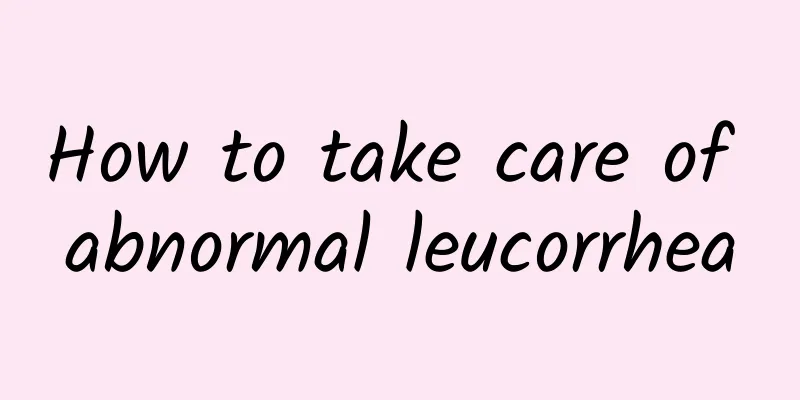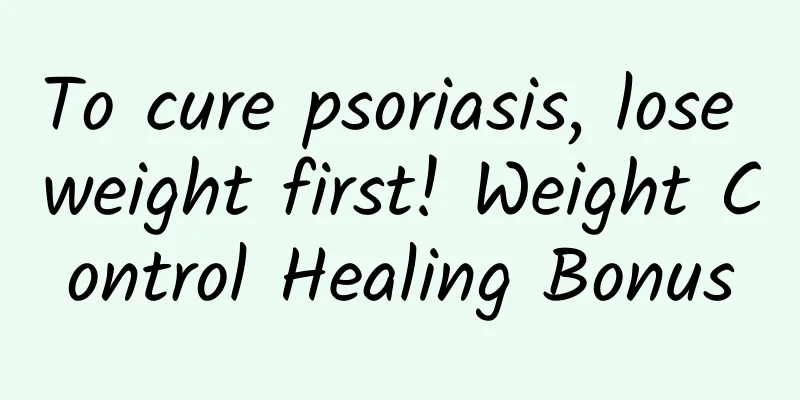Pathological chocolate cyst symptoms

|
What are the symptoms of pathological chocolate cysts? Ovarian chocolate cysts, also known as ovarian endometriosis cysts, are a type of endometriosis. Under normal circumstances, the endometrium grows in the uterine cavity and is affected by female hormones in the body. It sheds once a month to form menstruation. If the endometrial fragments shed during menstruation flow back through the fallopian tubes into the pelvic cavity with menstrual blood and implant on the surface of the ovaries or other parts of the pelvic cavity, ectopic cysts will be formed. Ectopic endometrium is also affected by sex hormones and sheds and bleeds repeatedly with the menstrual cycle. If there is an ovarian lesion, local bleeding occurs during each menstruation, causing the ovaries to enlarge and form cysts containing old blood. The old blood is brown and sticky like a paste, like chocolate, so it is also called "chocolate cyst". The clinical symptoms of pathological ovarian chocolate cysts are mainly lower abdominal pain, lower abdominal discomfort, increased leucorrhea, yellow leucorrhea, leucorrhea odor, abnormal menstruation, usually a solid painless mass in the lower abdomen, and sometimes pain during sexual intercourse. When the cyst affects hormone secretion, symptoms such as irregular vaginal bleeding or increased hair bodies may occur. If the cyst pedicle is twisted, there will be severe abdominal pain, bloating, difficulty breathing, loss of appetite, nausea, fever, etc. Larger cysts will cause pressure near the bladder, leading to frequent urination and difficulty urinating. The dietary care of patients with chocolate cysts is divided into two aspects: the diet during the conservative treatment stage should be based on a nutritionally balanced light diet, avoiding high-fat, high-energy, raw, cold, spicy and other irritating foods, paying attention to eating more vegetables, fruits, coarse grains and low-fat foods, and not eating too much cold food, hair products, acidic foods, sweets, salty foods, fumigated or pickled foods; the dietary care during the surgical treatment stage should be determined according to the surgical process. Liquid diet can be given 6 hours after the operation. After the patient has exhausted the gas, semi-liquid diet and soft diet can be gradually added, and finally a general diet can be given. |
<<: How does pelvic effusion go away?
>>: How to prevent hydatidiform mole
Recommend
How much does it cost to treat functional uterine bleeding?
How much does it cost to treat functional uterine...
How to detect ectopic pregnancy earlier?
How to detect ectopic pregnancy earlier? Most peo...
Experts briefly analyze effective treatment methods for adnexitis
As people pay more attention to the treatment of ...
Comparison of treatment methods for uterine fibroids
Women with uterine fibroids should be treated pro...
What causes premature ovarian failure?
Preventing premature ovarian failure in life is c...
Get rid of sweets-related edema. Red beans can relieve cravings and promote diuresis
Most women love sweets and always have a glass of...
What are the symptoms of uterine fibroids? What are the dietary treatments for uterine fibroids?
Speaking of uterine fibroids, I believe you are n...
Eat protein to grow muscles? 4 points to eat right to be effective
If you want to build more muscle, you can consume...
What are the symptoms of having endometriosis?
For women of childbearing age, endometriosis is a...
What are the clinical manifestations of female cervicitis? Will female cervicitis turn into cancer?
In fact, the body has already sent us some signal...
What are the methods to prevent and treat ectopic pregnancy?
What is an ectopic pregnancy? An ectopic pregnanc...
What is the best way to treat uterine fibroids?
Uterine fibroids are a common gynecological disea...
Do you know the causes of cervical hypertrophy?
Many factors in life can cause cervical hypertrop...
What is the cause of endometrial tuberculosis?
Every woman dreams of becoming a mother, but endo...
What are the complications of uterine fibroids?
Uterine fibroids are a common gynecological disea...









